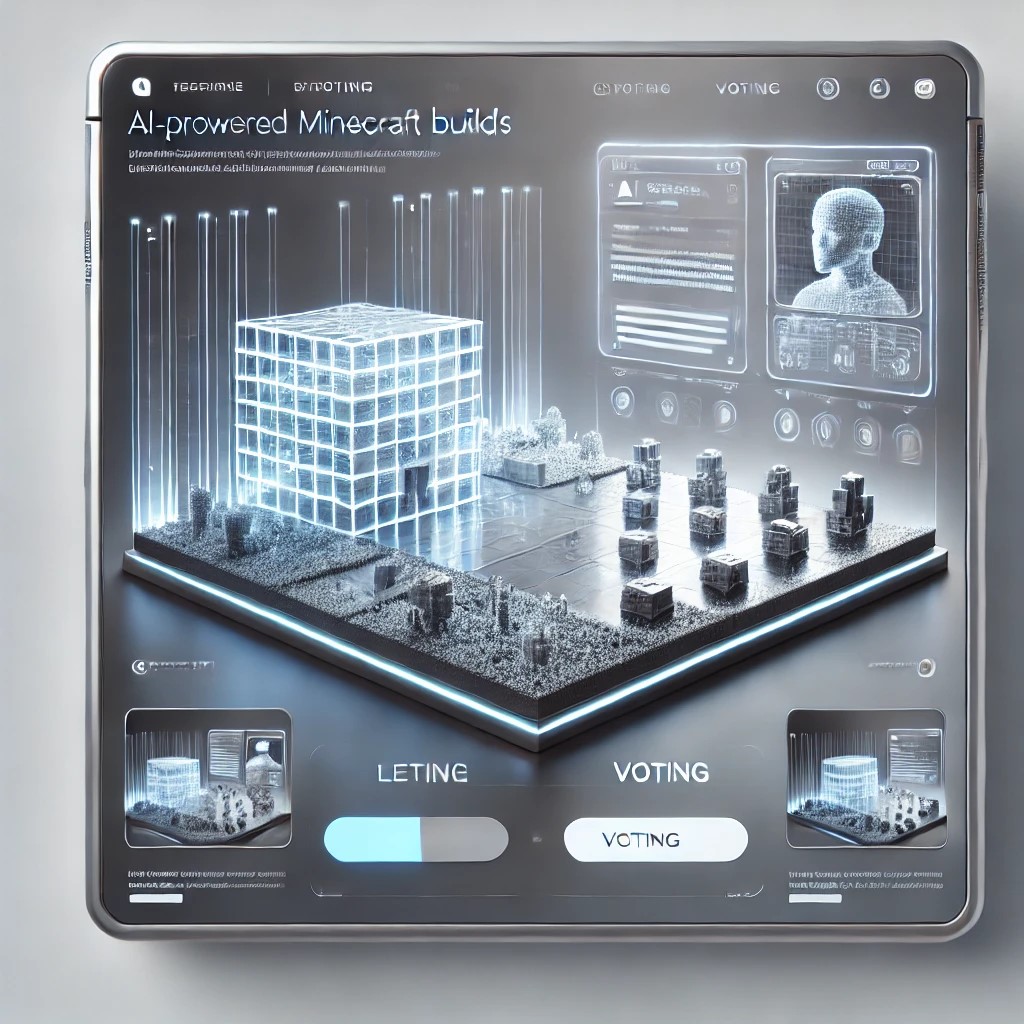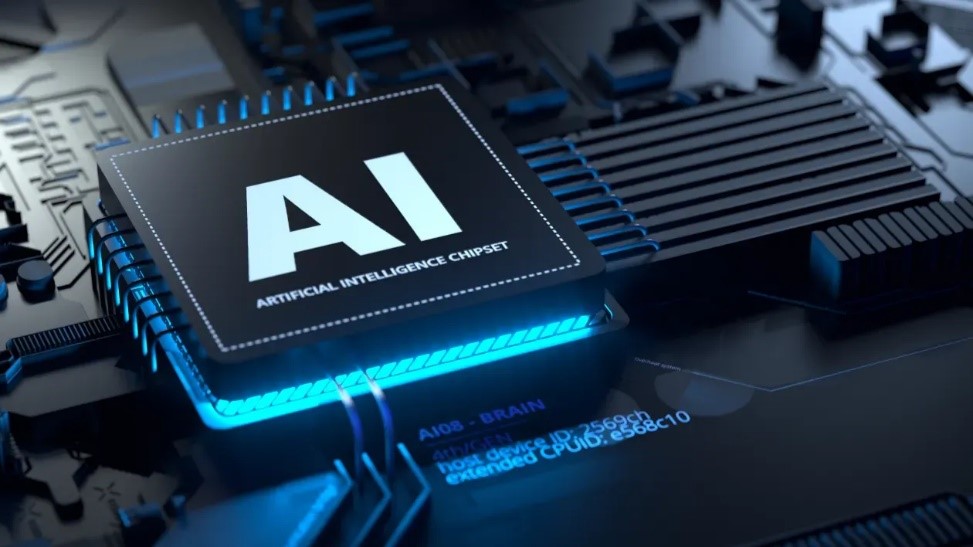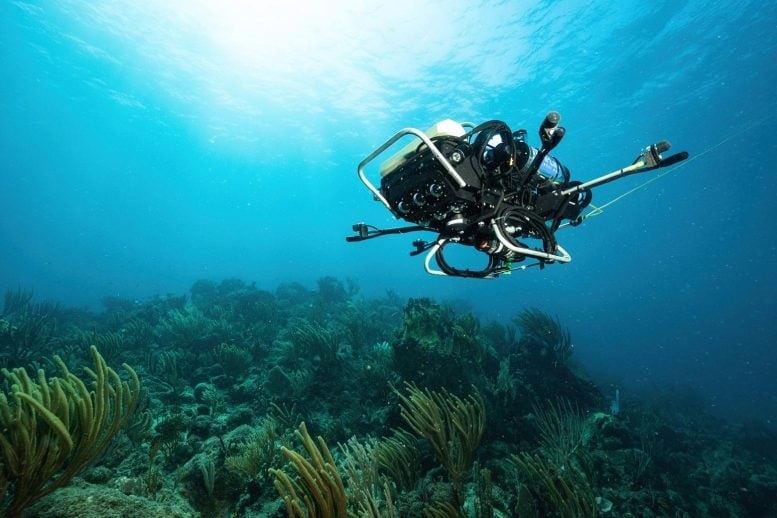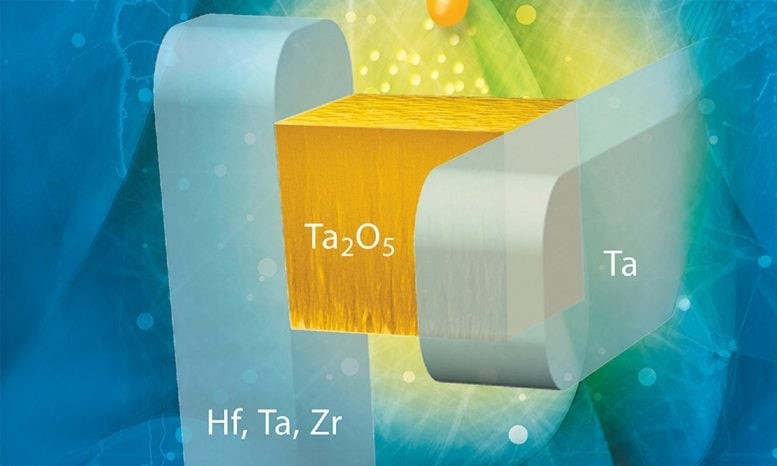High Schooler Creates Website For AI-Powered Minecraft Build Challenges
As traditional AI benchmarking methods fall short, developers are exploring more creative ways to evaluate generative AI models. For one team, that means using Minecraft, Microsoft’s popular sandbox-building game.

Figure 1. AI-Powered Minecraft Build Challenge Website by High Schooler
Minecraft Benchmark (MC-Bench) is a collaboratively developed website that sets AI models against each other in head-to-head Minecraft build challenges. Users vote on which creation best matches the given prompt, and only after voting do they discover which AI model was responsible for each build. Figure 1 shows AI-Powered Minecraft Build Challenge Website by High Schooler
“Minecraft allows people to see the progress [of AI development] much more easily,” Singh told TechCrunch. “People are used to Minecraft, used to the look and the vibe.”
MC-Bench currently lists eight volunteer contributors. While Anthropic, Google, OpenAI, and Alibaba have provided support by subsidizing the project’s use of their AI models, they are not officially affiliated, according to the MC-Bench website.
“Right now, we’re focused on simple builds to reflect how far we’ve come since the GPT-3 era,” Singh said. “But we could see ourselves scaling to longer-form plans and goal-oriented tasks. Games might just be a medium to test agentic reasoning in a way that’s safer than real life and more controllable for testing purposes—making it more ideal in my eyes.”
AI benchmarking has long been a tricky challenge, leading researchers to explore alternative approaches using games. Pokémon Red, Street Fighter, and Pictionary have all been used as experimental AI tests, offering insights that traditional evaluations struggle to capture.
Standardized AI benchmarks often favor models due to their training methods, making them naturally adept at narrow problem-solving tasks—particularly those requiring rote memorization or simple extrapolation.
For example, OpenAI’s GPT-4 can score in the 88th percentile on the LSAT but struggles to count the number of Rs in “strawberry.” Similarly, Anthropic’s Claude 3.7 Sonnet achieved 62.3% accuracy on a software engineering benchmark but performs worse at Pokémon than most five-year-olds.
MC-Bench is technically a programming benchmark, as the AI models generate code to construct builds based on prompts like “Frosty the Snowman” or “a charming tropical beach hut on a pristine sandy shore.”
However, for most MC-Bench users, it’s much easier to judge which snowman looks better than to analyze code, giving the project broader appeal—and the potential to gather more data on which models consistently perform best.
Whether these scores truly reflect AI usefulness is debatable. But Singh believes they offer valuable insights.
“The current leaderboard aligns closely with my own experience using these models, which isn’t always the case with pure text benchmarks,” Singh said. “Maybe [MC-Bench] could help companies determine if they’re heading in the right direction.”
The headline "High Schooler Creates Website For AI-Powered Minecraft Build Challenges" conveys the key points of the story in a concise and engaging way. Let's break it down:
- "High Schooler Creates Website" – This highlights that the creator of the project is a high school student, making the achievement more impressive and intriguing. It sets the stage for a story about young innovation.
- "For AI-Powered Minecraft Build Challenges" – This part explains what the website does. It’s not just a general Minecraft-related site; it specifically involves AI models competing in build challenges within the game. The phrase “AI-powered” emphasizes that artificial intelligence plays a key role in generating the Minecraft builds.
Why This Headline Works:
- Clear and straightforward: Readers immediately understand the core concept.
- Engaging: The combination of AI, Minecraft, and a young developer sparks curiosity.
- SEO-friendly: It includes keywords like “AI,” “Minecraft,” and “build challenges,” which are likely to attract relevant audiences.
Source: TC
Cite this article:
Priyadharshini S (2025), High Schooler Creates Website For AI-Powered Minecraft Build Challenges, AnaTechMaz, pp. 584
















